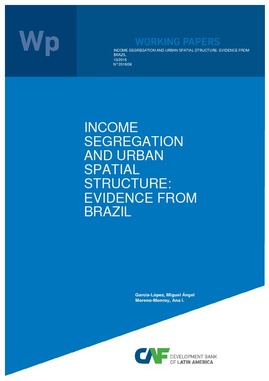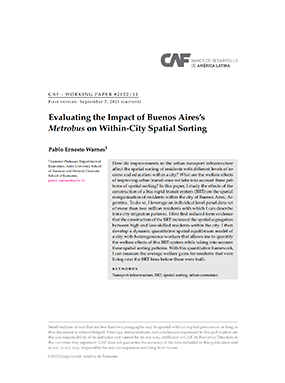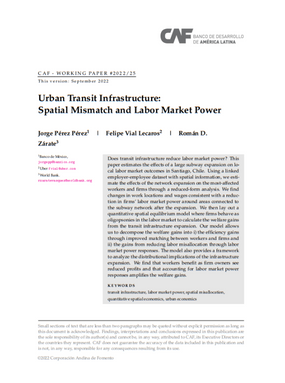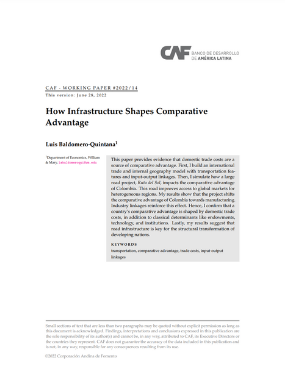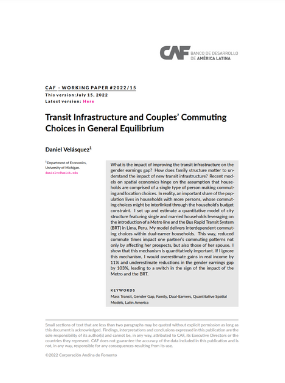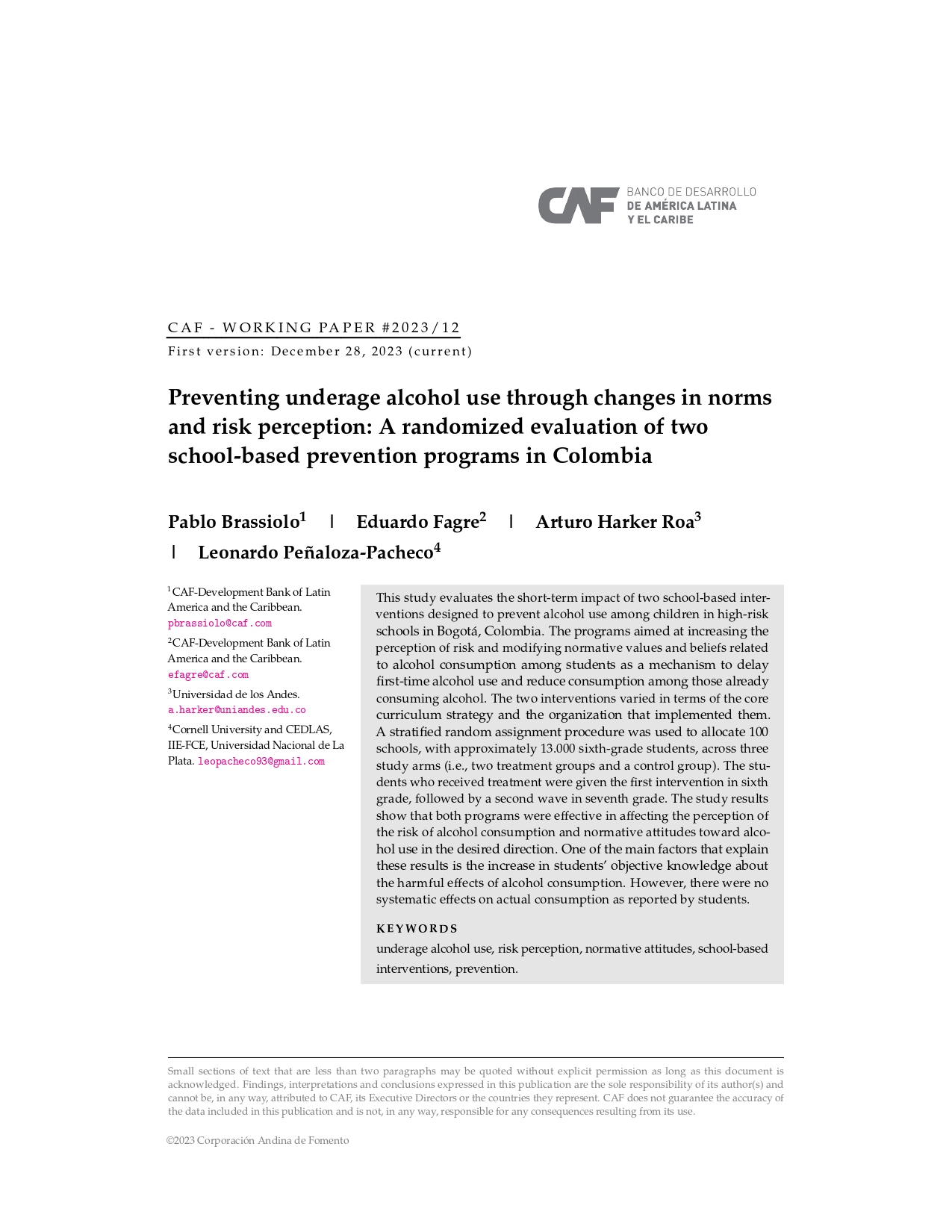Buscar
Itens para a visualização no momento 1-10 of 11
Determinants of Slum Formation: The Role of Local Politics and Policies
(CAF, 2018-01)
One-third of the developing world’s population lives in urban slums and the absolute number of slum residents grew from 650 million in 1990 to 863 million in 2012. Although negative impacts of slum living conditions on ...
Exploring the Potential of Machine Learning for Automatic Slum Identification from VHE Imagery
(CAF, 2016-11-23)
Slum identification in urban settlements is a crucial step in the process of formulation of propoor policies. However, the use of conventional methods for slums detection such as field surveys may result time consuming and ...
What is the Role of Urban Growth on Inequality, and Segregation? The Case of Urban Argentina´s Urban Agglomerations
(CAF, 2016-11)
We analyze the relationship between urban sprawl and changing patterns of inequality and segregation in metropolitan areas of Argentina. The existing literature has endeavored to study the determinants of the expansion of ...
Income Segregation and Urban Spatial Structure: Evidence from Brazil
(CAF, 2016-08-05)
We estimate the effect of urban spatial structure on income segregation in Brazilian cities between 2000 and 2010. Our results show that, first, local density conditions increase income segregation: the effect is higher ...
Measuring the size and growth of cities using nighttime light
(CAF, 2018-09-20)
This paper uses high-resolution images of nighttime luminosity to estimate a globally comparable measure of the size of metropolitan areas around the world for the years 2000 and 2010. We apply recently-proposed methodologies ...
Evaluating the Impact of Buenos Aires’s Metrobus on Within-City Spatial Sorting
(CAF, 2022-06-14)
How do improvements in the urban transport infrastructure affect the spatial sorting of residents with different levels of in-come and education within a city? What are the welfare effects of improving urban transit once ...
Urban Transit Infrastructure: Spatial Mismatch and Labor Market Power
(2022-09)
Does transit infrastructure reduce labor market power? This paper estimates the effects of a large subway expansion on local labor market outcomes in Santiago, Chile. Using a linked employer-employee dataset with spatial ...
How infrastructure shapes comparative advantage
(CAF, 2022-06-30)
This paper provides evidence that domestic trade costs are a source of comparative advantage. First, I build an international trade and internal geography model with transportation features and input-output linkages. Then, ...
Transit Infrastructure and Couples’ Commuting Choices in General Equilibrium
(CAF, 2022-07-22)
What is the impact of improving the transit infrastructure on the gender earnings gap? How does family structure matter to un‐derstand the impact of new transit infrastructure? Recent mod‐els on spatial economics hinge on ...
Preventing underage alcohol use through changes in norms and risk perception: A randomized evaluation of two school-based prevention programs in Colombia
(2023-12-28)
This study evaluates the short-term impact of two school-based inter ventions designed to prevent alcohol use among children in high-risk schools in Bogotá, Colombia. The programs aimed at increasing the perception of risk ...





